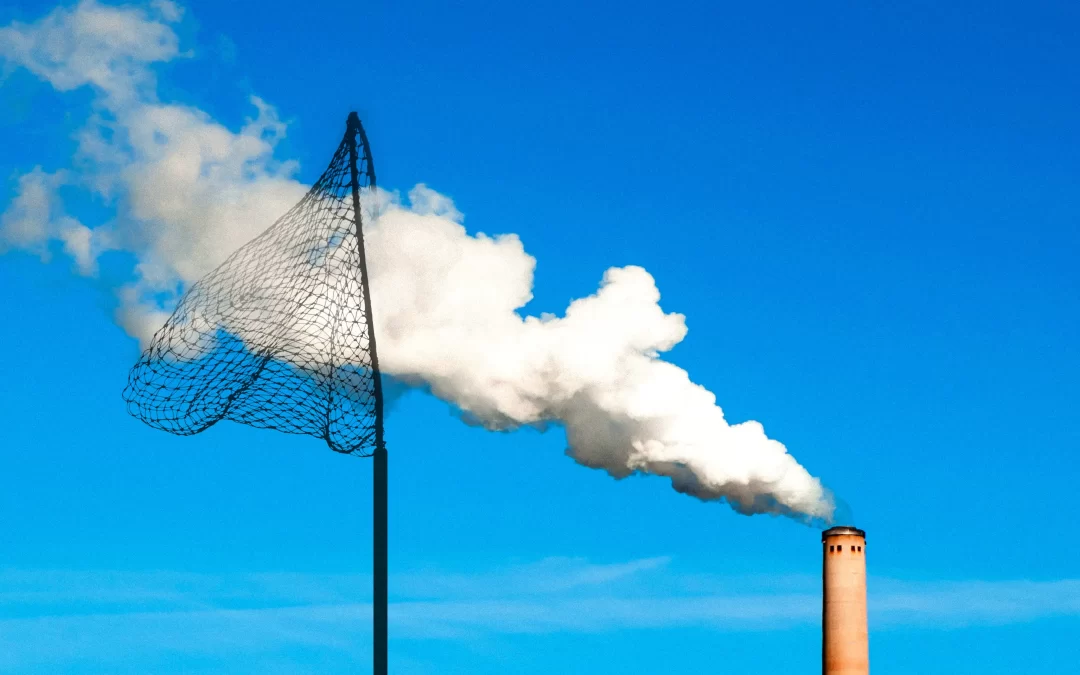In 2022, a group of auditors from Norway traveled to an isolated part of Iceland to meet with a Swiss company called Climeworks—the builder and operator of the world’s largest carbon removal plant. Their mission went beyond a simple financial review. They sought to delve into the machinery that accomplished an unprecedented feat: extracting carbon directly from the air.
Over three days, these auditors meticulously examined documents, conducted interviews, and scrutinized everything from air collector containers to carbon dioxide sensors. Their purpose? To determine whether this pioneering facility, the first of its kind to capture and store carbon underground, lived up to its claims.
The implications of their findings extended far beyond Climeworks itself, resonating throughout the burgeoning carbon removal industry. As more startups aspire to emulate Climeworks’ success, the demand for proof of their efficacy grows.
The Growing Demand for Proof in Carbon Removal
As the carbon removal industry gains momentum, startups are emerging with promises of achieving what Climeworks has accomplished. BloombergNEF predicts that this industry could grow to be worth $1 trillion within the next two decades.
With millions in investments pouring into this relatively untested field, buyers seek reassurance that these companies can deliver on their lofty promises. After all, the world’s imperative to limit global warming to 1.5°C necessitates the removal of billions of tons of carbon pollution annually from the atmosphere.
Increasing Emphasis on MRV
Monitoring, reporting, and verification (MRV) is of paramount importance in the carbon removal industry. MRV is the process of monitoring how much carbon has been removed, reporting this data to a third party, and verifying that the carbon removal company followed through and removed the amount of carbon promised.
Both the private and public sectors are recognizing the significance of MRV in carbon removal. The XPRIZE Carbon Removal competition, which offers a $100 million prize, requires finalists to undergo extensive measurement and verification assessments. Meanwhile, the Department of Energy has awarded $15 million to national labs dedicated to advancing and promoting MRV best practices. Frontier, a $1 billion carbon removal buyers club owned by Stripe, is also prioritizing adherence to MRV best practices when evaluating companies that have applied for funding.
The allure of the carbon removal industry lies not only in its potential to address climate challenges but also in the immense financial investments flowing into this nascent market. However, achieving reliable MRV is no easy feat.
Carbon removal processes often operate with little oversight, devoid of standardized rules governing the buying and selling of carbon removal services. Adding complexity to the equation is the scientific and technological uncertainty surrounding the various methods of carbon removal. Each technique presents its own unique MRV challenges, necessitating ongoing research and development to refine these processes.
Building Trust in Carbon Removal Technologies
Companies in the carbon removal space have become acutely aware of the pitfalls of the carbon offset market, which has suffered from a lack of trust and transparency. To instill confidence and garner trust from buyers and the wider public, startups like Charm Industrial are taking steps toward self-regulation and transparency. Charm collaborated with Carbon Direct and EcoEngineers to develop a prototype protocol for its bio-oil sequestration process.
Charm also publishes a registry on its website, meticulously documenting each ton of carbon removed and providing a comprehensive life cycle analysis of the entire process. While these initiatives signify progress, independent oversight remains essential to establish a trustworthy carbon removal industry.
Charm’s approach involves acquiring waste biomass that has already extracted CO2 from the atmosphere, converting it into bio-oil, and safely sequestering it underground. Verifying the authenticity of the biomass source poses the greatest challenge in the MRV process. Detailed protocols that account for every aspect of the process are necessary to ensure accuracy.
Startups like Isometric have emerged to assist carbon removal companies in accurately measuring and monitoring their results. Established in 2022, Isometric employs a team of scientists led by renowned researchers. Their objective is to develop scientifically rigorous protocols and measurement techniques to ensure that carbon removal buyers receive what they paid for. Isometric also collaborates with partners to verify the precise amount of carbon removed.
Distinguishing itself from traditional carbon registries, Isometric charges buyers a single flat fee for verification services, in contrast to the per-credit charges common in the established carbon offset market. By avoiding misaligned incentives and the over-crediting pitfalls of the past, Isometric aims to build trust and confidence among buyers.
Every method of carbon removal carries inherent risks, and suppliers must navigate various factors to ensure accurate assessments. As the carbon removal industry matures, the technologies and operations will transition to third-party operators with differing incentives. Preparing for this shift and establishing resilient systems is paramount.

